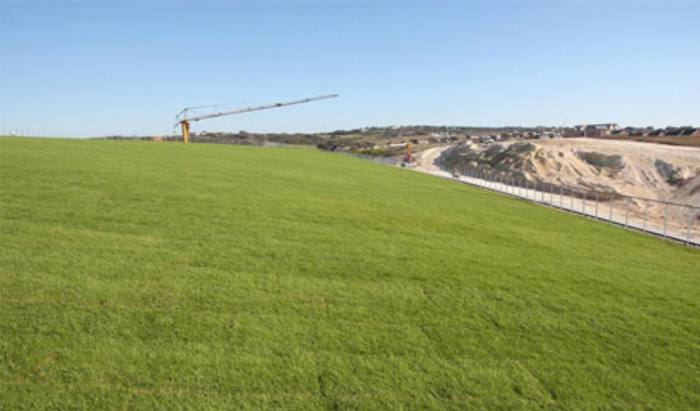
Agricultural commodities have had mixed results in the past year owing to one of the most severe El Niños in the past 50 years.
This weather phenomenon involves heating up parts of the Pacific Ocean, which then changes global weather patterns, making some parts of the world hotter and drier than normal and some wetter and cooler than normal. This has affected soft-commodity production from oranges to grains to coffee and sugar.
Nitesh Shah, director, commodities strategist at ETF Securities, says: “In parts of Asia, the monsoon rains failed which brought down sugar and coffee production, whereas in Brazil, [El Niño] has led to slightly wetter conditions, which has also spoiled some of the produce.”
Perhaps as a result, sugar has performed well, with the S&P GSCI Sugar Spot index gaining 15.3 per cent in the 12 months to April 14 2016, according to FE Analytics data.
However, while this El Niño is now reducing, meteorologists are predicting it will be followed by a La Niña weather event, which has pretty much the opposite effect on global weather patterns.
Mr Shah explains: “If we look back at some of the previous La Niña events, the impact on soft-commodity prices tends to be ambiguous when looking at them altogether. But, if you distinguish between those that start in the summer in the northern hemisphere and those that start in the winter of the northern hemisphere, you get some differentiation in price.”
He points out that a La Niña that starts in winter tends to be price negative for coffee and cocoa, as slightly cooler temperatures in the southern hemisphere helps their production, bringing the price down, and has a similar effect on grains.
If La Niña starts in summer, it tends to be price positive for all of those agricultural commodities. Sugar is the exception – the weather tends to be a price-positive event regardless of when La Niña begins.
“Sugar production has been compromised because of the failed monsoon due to El Niño, and [we] could go into a La Niña being compromised as well, which should be price positive,” says Mr Shah.
Hugo Rogers, manager of the Liontrust GF Global Water and Agriculture fund, is also bullish on sugar because of falling supply due to low prices, dry weather in Thailand and tightening inventories in India.
But in grains, he points out corn prices are hovering around marginal cost for some Midwest US farmers, suggesting a floor in prices is nearing. “The catalyst to move prices higher is reduced production – driven by farmers’ planting decisions or adverse weather – in an environment where inventories are tight. None of those conditions is evident yet.
“There are some signs of stress in farming as land prices are falling and loan delinquency is ticking up. But, regardless, the US Department of Agriculture released its Prospective Plantings Report on March 31, showing US farmers intend to plant 5.6m more acres of corn this season. It is likely to take another year, with more stress, for grain prices to move above the current floor.”






